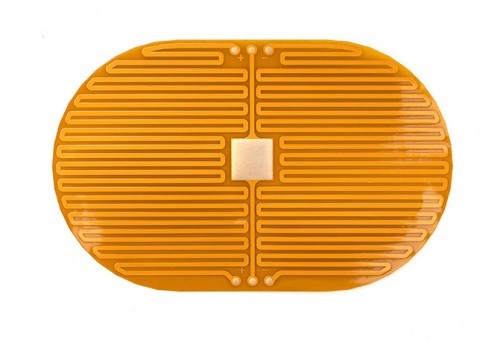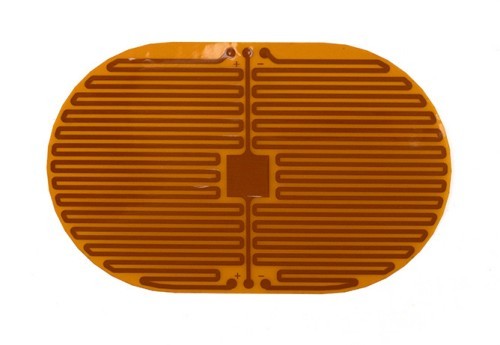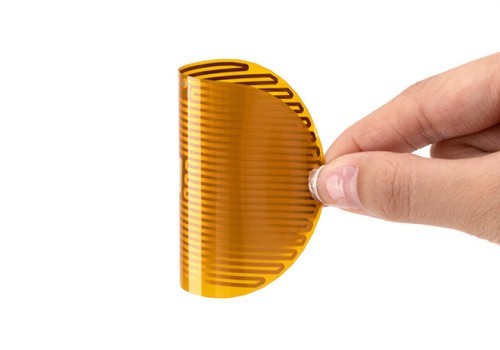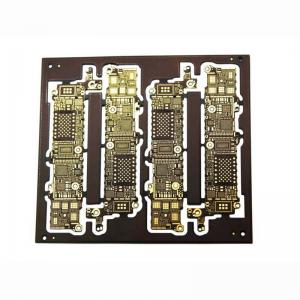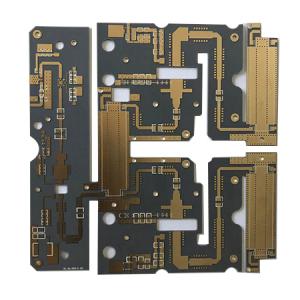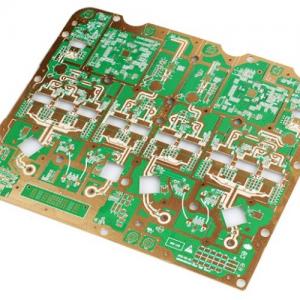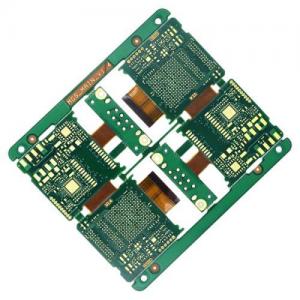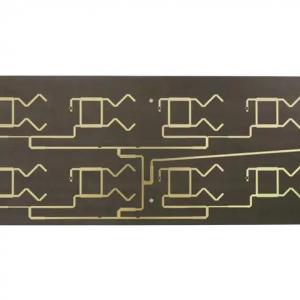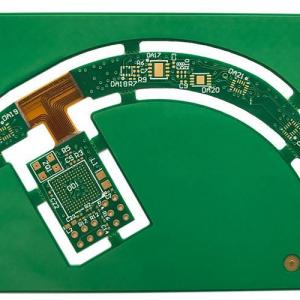Description
Flex PCB Bending Resistance
The bending resistance of a flex PCB board is affected by many factors, and the bending resistance of flex PCB boards of different types and uses varies. Generally speaking, the bending resistance of flex PCB boards used in ordinary consumer electronic products is usually around 1,000 to 10,000 times. For example, the flex PCB board connected to the mobile phone screen needs to meet certain bending requirements under normal use to ensure that the flex PCB board will not be damaged during daily opening and closing of the mobile phone.
For flex PCB boards used in some industrial fields or special application scenarios with high reliability requirements, after special design and process treatment, the bending resistance can reach 100,000 times or even higher. For example, flex PCB boards in aerospace, medical equipment and other fields will have higher bending resistance to ensure stable operation in long-term complex use environments.
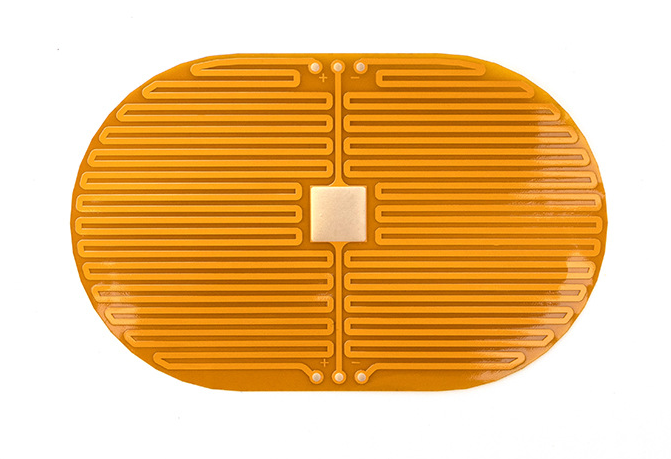
There are the following differences in the number of bending resistance between flex PCB boards in the consumer electronics field and flex PCB boards in the industrial field:
Overall bending resistance range
- Consumer electronics field: The flex PCB boards used in general consumer electronic products such as mobile phones and tablets usually have a bending resistance of about 1,000 to 100,000 times. For example, the flex PCB boards connected to the screens of ordinary mobile phones may be around 1,000 to 10,000 times, while the flex PCB boards of folding screen mobile phones and other devices with high requirements for the bending performance of flex PCB boards can be bent 100,000 times or even higher.
- Industrial field: The industrial field has extremely high requirements for the reliability and durability of flex PCB boards. Usually, after special design and process treatment, the bending resistance can reach more than 100,000 times. Some flex PCB boards used in special application scenarios such as high-end industrial equipment, aerospace, and medical devices can even be bent millions of times.
Differences caused by application scenarios
- Consumer electronics field: Consumer electronic products are updated quickly, the use cycle is relatively short, and consumers are more sensitive to product prices. Therefore, under the premise of ensuring that the flex PCB board will not be damaged by bending during the normal use cycle of the product, the cost will be controlled, and the bending resistance of the flex PCB board only needs to meet certain standards. For example, the number of opening and closing of ordinary mobile phones is limited, and the number of bending resistance requirements for flex PCB boards will not be too high.
- Industrial field: Industrial equipment usually needs to operate stably for a long time and may bend frequently. For example, the flex PCB board at the joint of the robot will bend and stretch continuously during the operation of the equipment. At the same time, the industrial field has extremely high requirements for the reliability of equipment. Once the flex PCB board fails, it may cause the entire production system to shut down, causing huge economic losses. Therefore, the flex PCB board in the industrial field needs to have a higher bending resistance to ensure stability and reliability in long-term use.
Differences in materials and processes
- Consumer electronics field: In order to control costs and achieve thinness, the flex PCB board in the consumer electronics field may compromise in material selection and process. For example, relatively thin copper foil and slightly lower performance insulating materials may be used, and the reinforcement process at the bend may not be as complicated as in the industrial field.
- Industrial field: FPCB in the industrial field usually adopts higher quality materials, such as high-performance polyimide film as substrate, to improve the high temperature resistance, chemical corrosion resistance and bending resistance of FPCB. At the same time, the production process will be more sophisticated, and special surface treatment process and enhanced structural design will be adopted, such as adding reinforcement materials at the bends, optimizing the circuit layout, etc., to improve the bending resistance and reliability of FPCB.
Here are some ways to increase the bending resistance of flexible PCB boards:
Material selection
- Choose high-performance substrates: Polyimide film has excellent high temperature resistance, chemical corrosion resistance and good flexibility. It is a high-quality substrate commonly used for flexible PCB boards and can effectively improve bending resistance.
- Optimize copper foil material: Choose copper foil with good ductility and high purity to reduce the possibility of cracks and breaks in the copper foil during bending.
Structural design
- Add reinforcement design: Add reinforcement materials such as PI reinforcement sheets and steel sheets to the bending parts of the flexible PCB board, such as the connection interface and the area of frequent activities, to disperse the bending stress and protect the line.
- Reasonable planning of line layout: Design the line in the area that is not easy to bend, and avoid the line directly crossing the bending part. For the unavoidable bending area, adopt serpentine, arc and other line designs to increase the flexibility and stretchability of the line.
Manufacturing process
- Improve the etching process: accurately control the etching process parameters to ensure that the edges of the circuit are neat and smooth, reduce the weak points of the circuit caused by uneven etching, and reduce the risk of circuit breakage during bending.
- Optimize surface treatment: adopt appropriate surface treatment processes, such as chemical nickel plating, electroplating hard gold, etc., to improve the hardness and wear resistance of the circuit surface, while enhancing the bonding force with the cover film and improving the overall bending resistance of the flexible PCB board.
- Improve the lamination accuracy: in the process of laminating the cover film and the circuit layer, ensure that the lamination is tight, without bubbles and wrinkles, so that the cover film can effectively protect the circuit and jointly bear the bending stress.
Quality inspection
- Strengthen process inspection: in each link of the flexible PCB board production, strengthen the inspection of the product's appearance, size, circuit conductivity, etc., timely discover and eliminate defective products, avoid defective products from entering the next process, and affect the bending resistance of the final product.
- Conduct bending tests: By simulating the bending conditions in actual use, the flexible PCB board is subjected to strict bending tests. The product design and production process are optimized based on the test results to ensure that the flexible board meets the specified bending resistance requirements.
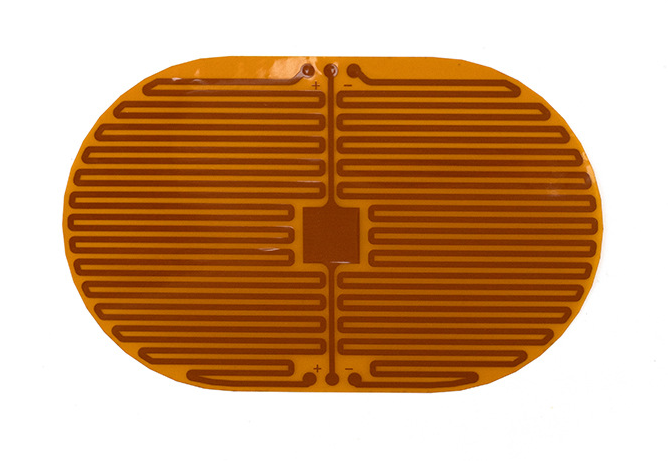
To ensure that the performance of the flexible board is not significantly affected after multiple bending, the following aspects can be taken into consideration:
Material selection and evaluation
- Select high-quality materials: In addition to the polyimide film and high-purity copper foil mentioned above, the cover film material must also have good flexibility and adhesion to closely bond with the circuit layer when bending.
- Material performance testing: Conduct comprehensive performance tests on the purchased materials, including tensile strength, elongation at break, thermal stability, etc., to ensure that the materials meet the use requirements of the flexible PCB board.
Design optimization
- Bending radius design: According to the use scenario of the flexible PCB board, the bending radius is reasonably designed to avoid stress concentration caused by too small bending radius. Generally speaking, the larger the bending radius, the less damage the flexible PCB board suffers when bending.
- Reserve buffer space: Near the bending area of the flexible PCB board, appropriately reserve some blank areas or adopt a retractable structure design to provide a certain buffer space for the flexible PCB board when bending, reducing the degree of deformation of the circuit and material.
Manufacturing process control
- Strict process parameters: In the process of pressing, curing, etc., the temperature, pressure, time and other parameters are precisely controlled to ensure uniform and stable bonding between the layers of the flex PCB board.
- Clean production environment: Keep the production environment clean to avoid dust, impurities, etc. from mixing into the flex PCB board materials, which will affect the performance and reliability of the flex PCB board.
Quality inspection and monitoring
- Online inspection: Set up multiple inspection points on the production line, and use automatic optical inspection (AOI), laser thickness gauge and other equipment to conduct real-time inspection of the circuit graphics, thickness, defects, etc. of the flex PCB board.
- Finished product inspection: Conduct comprehensive performance tests on the finished flex PCB board, including electrical performance tests, bending resistance tests, high temperature and humidity resistance tests, etc. Only products that meet the requirements of various performance indicators can enter the market.
Packaging and transportation protection
- Packaging design: Use appropriate packaging materials, such as anti-static plastic bags, sponge pads, etc., to package the flex PCB board to prevent the flex PCB board from being squeezed, collided and electrostatically damaged during transportation and storage.
- Transportation method selection: Choose a reliable transportation method and logistics company, and properly protect the FPC during transportation to avoid damage to the FPC due to bumps, vibrations, etc.

